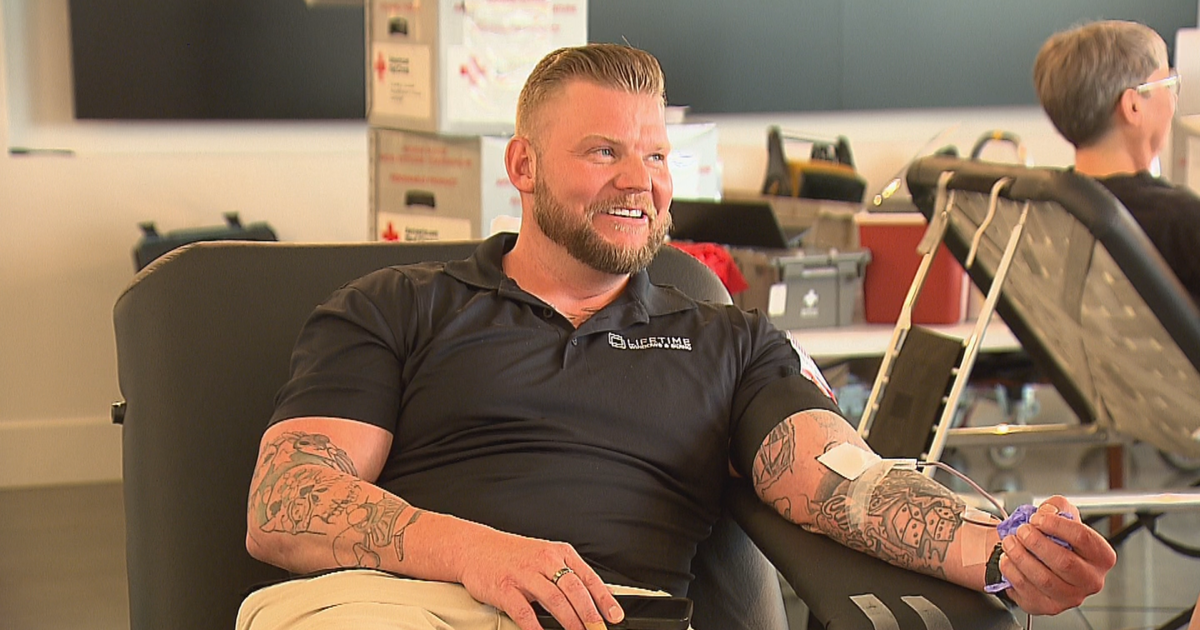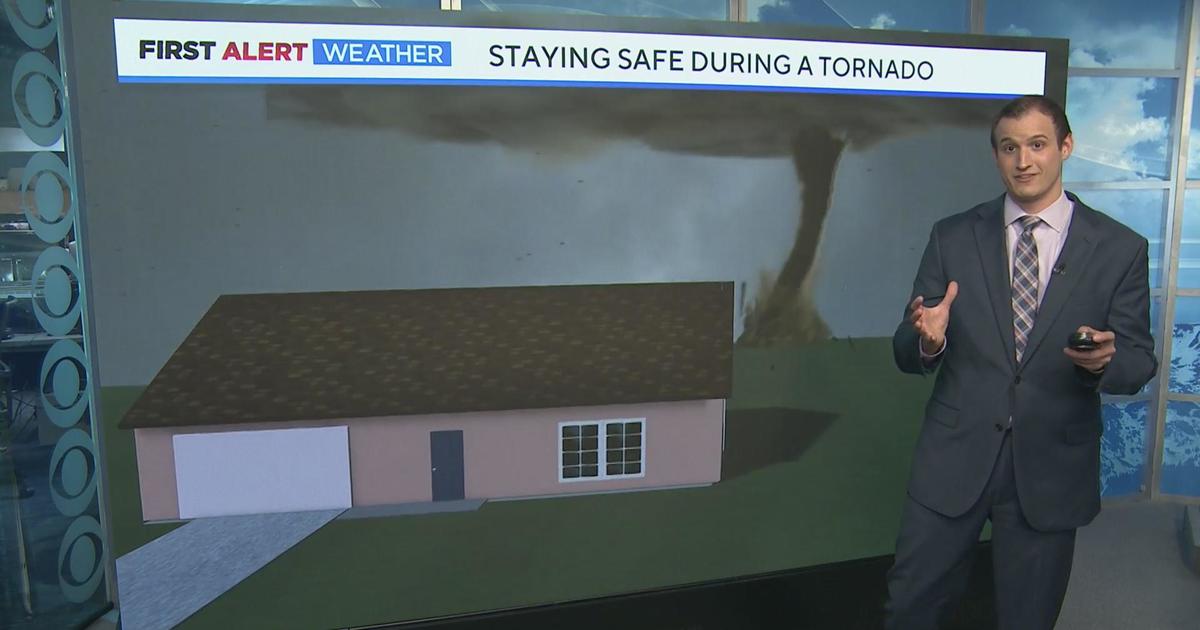Energy Storage Becomes Hot Topic As Sub-Zero Temperatures Force Utility Conservation
FORT COLLINS, Colo. (CBS4) - The lights burned brightly Tuesday night in Fort Collins as power hummed into homes in cold weather. The cold had backed off from weekend lows, when power generation became an issue.
"On Sunday afternoon we had learned that our natural gas supplies had been curtailed by our supplier. So that the natural gas could be used for home heating, and that's sort a natural thing in these extreme conditions," said Platte Valley Power Authority's Steve Roalstad. "But that left up to 40% of our generating capacity at the time idle."
Platte Valley asked customers to ease off the gas, and they did. They got through it.
"At the same time, snow was covering our solar panels, and so we had very little capacity from our solar panels," said Roalstad. "And we have a wind farm up north just over the border in Wyoming that was really not putting out much power either."
That meant coal-fired power was, at the time, their most dependable source of electricity generation. But at times, coal fired plants have had their own issues with reliability. Utility requests for customers to watch their power use does happen from time to time in both extreme cold and extreme heat.
As power companies try to change over to renewables there remains a question of how to have enough power at peak times.
"I think that energy storage is going to be a big issue going forward. Certainly a lot of utilities are adding batteries. The question then is what other kinds of storage might there be?" asked Roalsted.
Massive battery banks require a big cost. CSU is studying another method it sees as having a lot of promise; turning electricity from peak renewable times into hydrogen to be burned when needed.
"You can store that gas like we do with natural gas, you can put it in pipelines. You can mix hydrogen and natural gas, and you can do that at much lower cost and much larger scale than you can with batteries," said Bryan Willson, a professor of mechanical engineering and Director of Colorado State University's Energy Institute.
The institute has gotten an electrolyzer station that can generate hydrogen by using electricity to split water molecules into oxygen and hydrogen.
"It sort of rips the water molecule apart. The oxygen goes to one side, the hydrogen the other," said Willson. The hydrogen can be held to fire power generation later. The output from burning hydrogen, is almost entirely water. "So hydrogen can be stored in pressurized tanks… underground reservoirs, salt zones or the reservoirs that we use to store natural gas."
Hydrogen can also be mixed to supplement natural gas supplies, similar to the idea of methanol as an additive in gasoline. The institute is looking at a variety of issues, including, enabling varying outputs through the electrolyzer and taking cost down.
"That's what we're looking at with hydrogen. How do we drive down the costs as we go to scale," said Willson.
As more renewable energy is added to the mix, balancing outputs by creating storage solutions is a big question they hope to answer.
"Energy storage is probably going to be one of the biggest areas of growth in the industry in the coming years," said Roalstad.





